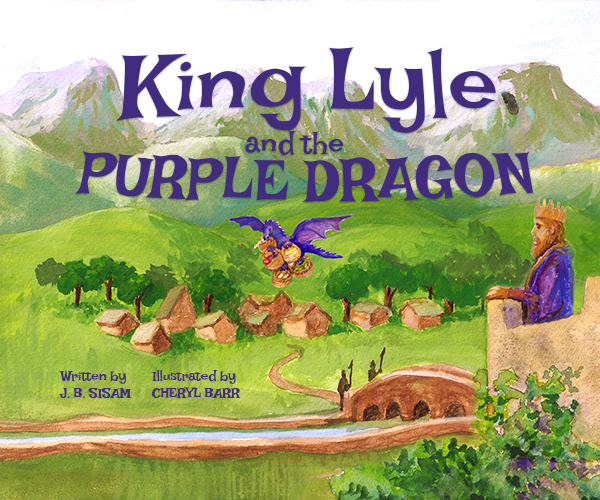Most people would say the hardest part of writing is figuring out what the write. While that may be true, one aspect of writing, a lot of writers miss, is the editing.
When I think about the work that I have done, the blaring item that stares me down, and gives me shivers, is publishing something I never edited. In today’s episode, I want to talk about the art of editing and what I do to go through my manuscript before handing them off to a professional copy editor.
The past month has been a busy one for me. I’ve been outlining a new book, editing a previous manuscript, and putting together a seminar that I held two weeks ago. The seminar I held was on using the software, Scrivener.
One of the most powerful features of Scrivener is its ability to keep track of your editing. This one piece will set you apart from the pack and make you look and appear more professional.
Would you ever consider giving somebody your work without first going through and making the necessary edits? I know I try not to do that.
I want to give you the three ways that I edit my manuscripts. I hope you find these tips useful and can use them to tighten your prose by creating a document you can be proud to say you wrote.
1. Before you do any editing, do a complete read through.
It’s easy to want to roll up your sleeves and begin rewriting and editing your work. My encouragement to you is to avoid the temptation of making any major changes to your manuscript.
Before I do anything, before I start fixing grammatical mistakes, I want to read my manuscript and see if I am getting my main point across to the reader. This is the most crucial step to beginning any editing of your work.
Without knowing if your writing is conveying its full intended message, how are you going to make the necessary structural changes to what you wrote?
Give yourself a day break from when you finished writing and then sit down to begin reading your manuscript. Don’t linger or delay, and if you need to make any changes jot them down as a note, and continue reading.
Don’t skip this first step. You will thank me in the next couple of steps.
2. Begin your major rewrite and fix grammatical errors.
This is where the rubber meets the road in the editing process. When you begin your major rewrite, this is where I encourage you to begin tracking new changes if using Microsoft Word or using the revision modes if you’re using Scrivener. This is where you begin structuring your novel, tightening your prose, and fixing any major or minor mistakes.
Look at the big picture of each chapter and each scene. Go line-by-line fix your mistakes first, then adding in your rewrite. Remember, rewriting is about making your work sing without filling in words just to pad out the book.
Here is my word of caution, do not scrutinize over every word or comma. You can fiddle with words all day long just to find the perfect word or phrase. I recommend keeping your big picture in mind and move through your manuscript without stopping for a second rewrite.
Remember, when you wrote your book you wanted to write from beginning to end without stopping, now that we’ve done our rewrite without stopping, we can move on to the third part of our editing phase.
3. Reread your book beginning to end and fixing any minor changes along the way without stopping.
This is going to be the hardest part of editing. As writers, we are incredibly unhappy with what we’ve written. We are always scrutinizing and wanting to make sure we have the perfect word and/or phrase. Don’t fall into the trap of perfection.
I’m not saying you’re not going to have a mistake, I am saying you want to make sure you get through your editing phase so that you can give your book to a Copy Editor to help you finish what you started. This is what is going to set you apart because you will be cranking out more work instead of scrutinizing over every dot or tittle.
Writing a book is hard work, but staying the course and getting the job done is what publishes books. The goal of writing a book is to get it into the hands of readers, but if we stop and Fiddle with our books for months on end or years on end, we will never see the satisfaction of somebody enjoying the fruits of our labor.
Take a moment, read your book and fix my mistakes, then move to your major rewrite without stopping, then we read your book from beginning to end and fix any minor mistakes. Once you do these three things then, and only then, give your book to a copy editor.
Write Now: eCourse
Subscribe to get, not only, my latest content by email, but you'll also receive over 2 hours of content from The J. B. Sisam Show where I open up how I write my books and how you can get started - Write Now!



 Jason (J.B.) Sisam. Best-selling Amazon author of the Christian Early Reader book,
Jason (J.B.) Sisam. Best-selling Amazon author of the Christian Early Reader book, 










LEAVE A COMMENT HERE:
Please note: I reserve the right to delete comments that are offensive or off-topic. Also, this is a clean website, use of any language is not tolerated and your post will be deleted.